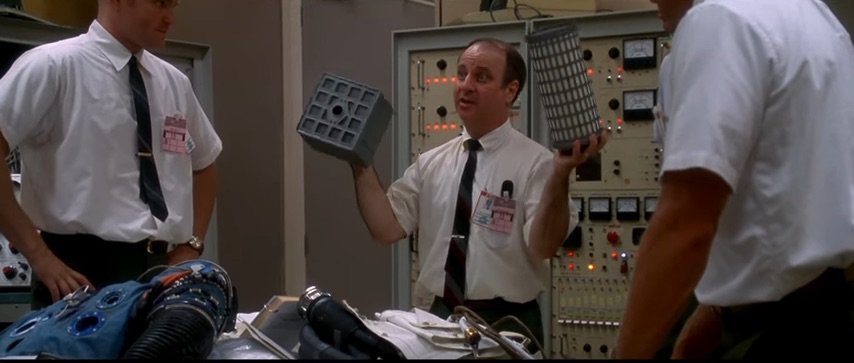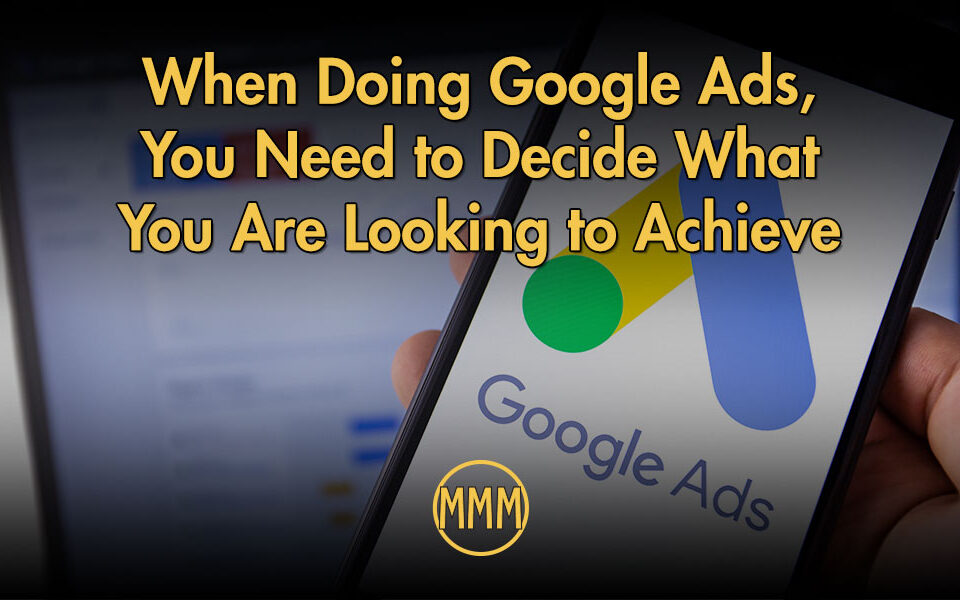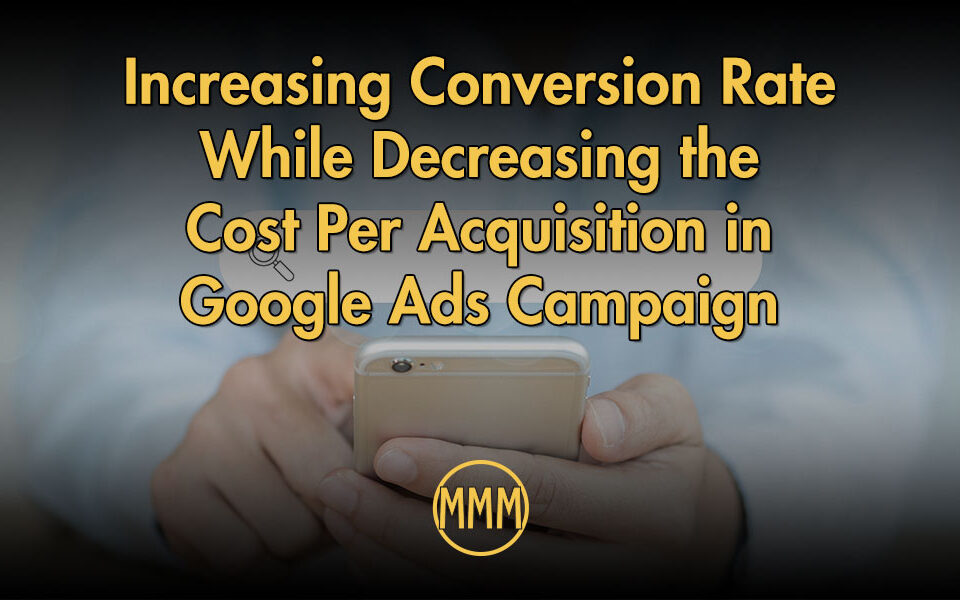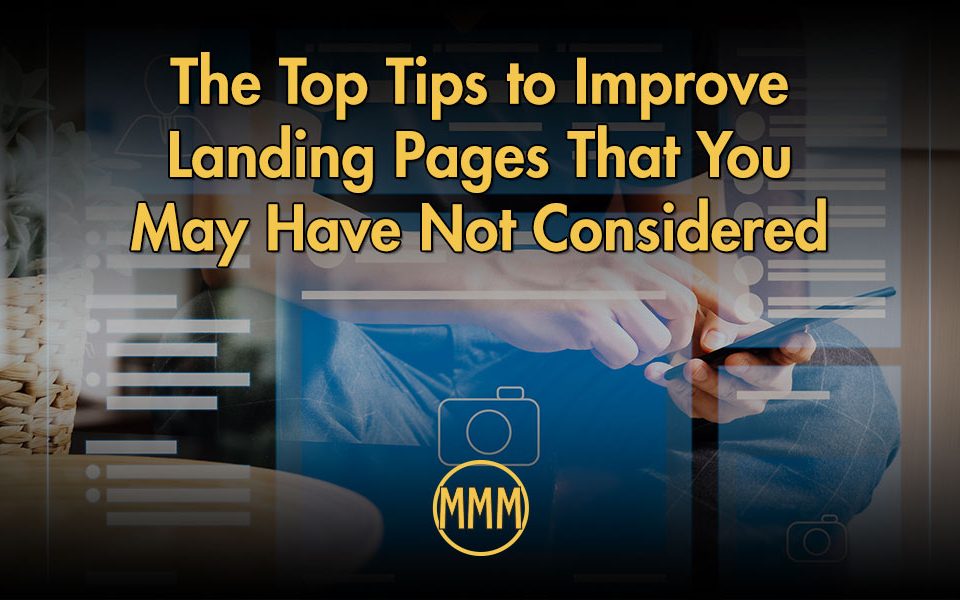
Zapier – Fitting Square Pegs into Round Holes
December 13, 2017
How To Get More Conversions from Your PPC Campaign
August 10, 2018Surveys have been around for a while, and I am sure you have received your share of them. The results of many surveys tend to be all over the map and quantitative in nature. Let me give you an example.
If the results of your survey, you find that of the 100 people you surveyed, 75% say they like you, that’s great! Did you ask why?
If you did, you probably gave the participant a form field and made that field required and they put something in like “you answered all my questions quickly”. It’s a win, right? Not really.
What about the quality of your service? Did they get the right answers to the questions? You get my point.
I am adding a different twist to the process on how to survey your customers. The process I am suggesting to you below will give you more valuable data because it is qualitative, meaning it is more fluid and in-depth.
So let’s dive in.
Generate a list
A list can come from various sources. They can be existing customers or a culled list (Be careful with these types of lists. If they do not opt-in, one complaint can get you in trouble with your service provider.) or you can also use social media to get participants. If they follow your company on social media that’s even better.
Determine what you want to learn
You don’t want to cast a wide net.
The problem with casting a wide net is that you learn a little about everything. If you want to learn about the quality of your product, for example, then focus on that point. You will get other information along with it (more on that in a minute) but the questions you ask should primarily focus on the quality of your product.
Create a screener survey first
This is going to seem counter to what I just said above, but a screener survey basically casts a wide net. The purpose of the screener is to find the most qualified individuals to help you learn what you want to learn.
For example, if they have never used your product or use it in a limited capacity, they are not going to be much help. There is no sense having them take part because they will only guess and it will skew the data.
To entice them to fill out the screener, it is a good practice to provide them with some value for their help. Usually a gift card between $50 and $75 usually works. There are services like Rybbon that will allow you to email a virtual gift card for participants to redeem. I am not suggesting buying everyone a gift card unless you are really generous. Usually, three to five will work.
One thing to keep in mind that you will only get a small percentage to participate so, the size of the list is important. The more, the better.
You want to put the participants of the screener survey into groups: definitely, maybe, and no. You can call them whatever you want, but that is how to best categorize them. The first and last are obvious, but I like to use a “maybe” group just in case we don’t get enough in the “definitely” group. We can always change the criteria a little bit and divide the “maybe” group to get more participants. It will be quicker than going through the “no” group.
It would be up to you on how to qualify the participants. It can be level of experience, how long they have been using your product, etc.
BONUS TIP 1: Don’t toss the participants you don’t use; classify them into their own categories. By doing this, you can quickly go back to those individuals because they are already willing participants.
BONUS TIP 2: Look for patterns in all the individuals you collect. There are always hidden gems in the data you collect. You just need to take the time to study it for patterns.
Interview the final group
This is where the real value of doing this process comes in.
You need to interview the final participants.
Do NOT send another survey. Get them to participate in a live interview. BTW: These are the people who will “win” the gift cards. Don’t tell anyone our little secret.
TIP: When separating the screener survey, determine how many people you can physically talk to in a few days. Typically, five to ten is good enough. If you do more, you will start to see repeating data and you are not going learn that much more.
You don’t have to travel to every person or have them travel to you. You can do it online via Skype or Go To Meeting or your phone. Here’s why you need to actually talk with your final participants, follow up questions!
You want to dig in deep. The more questions you ask, the more you will learn.
They may say something that will make you go “huh” and it’s much easier to ask them “can you explain that?” while you have them on the phone (or whatever) than to reach out to them a third time.
Your ultimate goal is better marketing
Listen carefully to your participants. They will give you all the marketing information you could possibly want. There will be common phrases they will use, and don’t be afraid to ask them if you could quote them as a testimonial.
They will tell you where the problems are and in many cases, how you should fix them.
They will tell you the hurdles they need to jump over and how your product solves it for them.
They will give you search terms for your SEO as well as targeted content for your content marketing campaign.
All of this information can be easily turned into marketing materials, campaigns and the like.
What tools should you use?
There are a ton of tools you can use for this purpose. Here are some that I recommend, if you have others, let me know, and I will add them to the list below:
For Surveys:
For interviews:
- Your phone
- Go to Meeting
- Skype
- Join.me
- Zoom.us
Final thoughts
If you got to this point, thanks for staying with me for the last 1000 words. This can seem overwhelming but if you just follow the sub-headings of this post it will give you the outline you need to get started. (Pretty clever, right?)
If you have a question, you can contact me through my AMA link, here. Thanks for sticking around!




